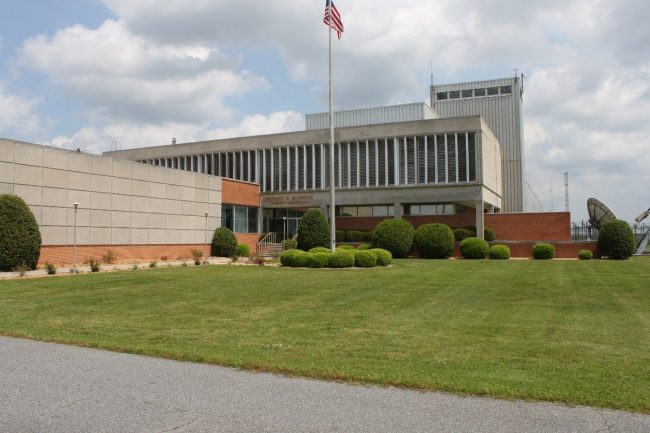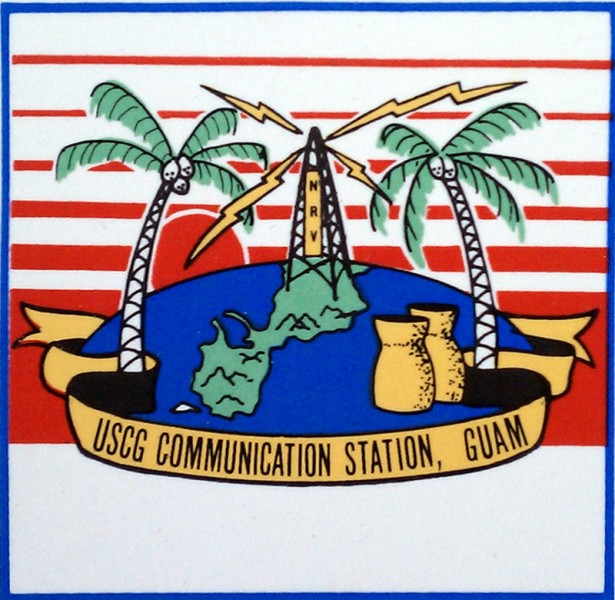Oh, if only it were so, AM stations would be rich! Rich, I tell you. This dates back to a 1987 article in radio world that details how AM stations receiving Cuban interference could submit to the USIA (US Information Agency), the State Department VOA oversight organization, detailed interference reports and requests for reimbursement of lost revenue. In addition to that, the FCC would consider nighttime power increases and or pattern modifications, so long as no US or Canadian station was adversely affected by the changes.
Prior to about 1980 or so, Cuba adhered to the NARBA of 1950. This allocated broadcast channels in the AM band, including clear channels for the US, Canada, Mexico, Cuba, and the Bahamas. Later on, most of the countries in South America joined the treaty and most international interference was mitigated.
Then, for reasons only known to Fidel, Cuba began broadcasting high power on several frequencies. The stations suffering the worst interference were all in Florida; WINZ, Miami, WVCG, Coral Gables, WNWS, South Miami, WEAT, West Palm Beach, WQBA, Miami, WKAT Miami Beach and WSUN, St. Petersburg.
In our neck of the woods, WICC suffered some pretty bad interference from CMKA on 600 kHz. According to the treaty, CMKA was supposed to transmit with no greater than 2.5 KW. Sometime in early 1981, they increased power to 150 KW. The path between WICC and CMKA’s transmitter site is almost entirely over salt water. Additionally, CMKA utilizes a fairly tall tower, 130 degrees according to the FCC database.
The interference was worst in the last fall and early spring. Several local newspaper articles were written about the subject, noting that WICC developed a contest around the interference. The station would drop its carrier for 10 seconds at 6:30 and 7:10 pm. Listeners would then try to identify the Cuban songs playing on CMKA and drop a postcard to WICC with that information. Winners were picked randomly from all the correct answers received (CMKA would also be heard on the studio air monitor). Coincidentally, after several months of this, the Cuban station switched its programming to English.
In any case, I believe the USIA paid out a total of $500 K to the Florida stations.






I remember this, and am not sure if today this is still going on. The USA is basically broke, and I suspect Cuba is broke also. And the AM power wars do not have much attention given these days since AM listener-ship has dwindled greatly. I have learned that a Communist does not believe in a contract or a treaty. Radio Habana Cuba still transmits 250 kW on 6000 kHz. nightly with a rhombic antenna aimed at New York City and also has some 100 kW Brown-Boveri (Swiss made) transmitters burning up their power grid simultaneously in the higher bands. Arnie Curro, C02KK is the chief engineer and was a kid ham operator when the revolution took place back in 1959. He has been at this post ever since and I believe he is the king-pin on all radio operations on the island. Maybe AMHD is a way to solve the problem with Cuba!
I’ve tuned through Radio Havana a few times, on 5975 and 6000 in the shortwave bands. Their programming is reminiscent of Radio Moscow during the soviet days. As far as the medium wave stations, I think many of them reduced power after the collapse of the soviet union. I know electricity is scarce and wasting huge amounts with 150 or 500 kw signals into the US on the AM band is not very productive, especially, as you point out, AM listenership has dwindled greatly. I don’t think WICC gets many complaints and I don’t hear anything out of the ordinary on 600 KHz. According to one source I found, Cubans were causing interference on the following frequencies/power levels:
KHz power
570 30
580 2
590 50
600 150
630 130
880 30
900 50
910 100
1050 30
1160 300
1380 100
1430 50
I know that 1430 is not using 50 KW, the company I was formerly employed by had a 1430 in Florida. It powered down to 68 watts at night and I never heard anything other than multiple carrier junk. I’d think a 50 KW over a salt water path would come in like gangbusters.
Back in the mid-sixties, I used to communicate with a Cuban ham operator on 15 Meter AM. He apparently had some original connection with RCA and mentioned that parts were very hard to get for that equipment. I had asked him about tubes, and he mentioned how bad some of the replacements were from China. Apparently the Soviet Union was supplying some parts and tubes as well as the Swiss, but not for the American made transmitters. From what I have pieced together, the Cuban radio engineers are running very old equipment but are able to keep it on the air, which is something that doesn’t seem very popular here in the States.
I always admired the engineer that could keep an old piece of equipment in working order. There were some islands out in the western pacific that were still using equipment from WWII. We live in a throw away society, trouble shooting and equipment repair skills are not well respected or compensated.
Amen.
Nothing is respected or compensated. Not now, not ever.